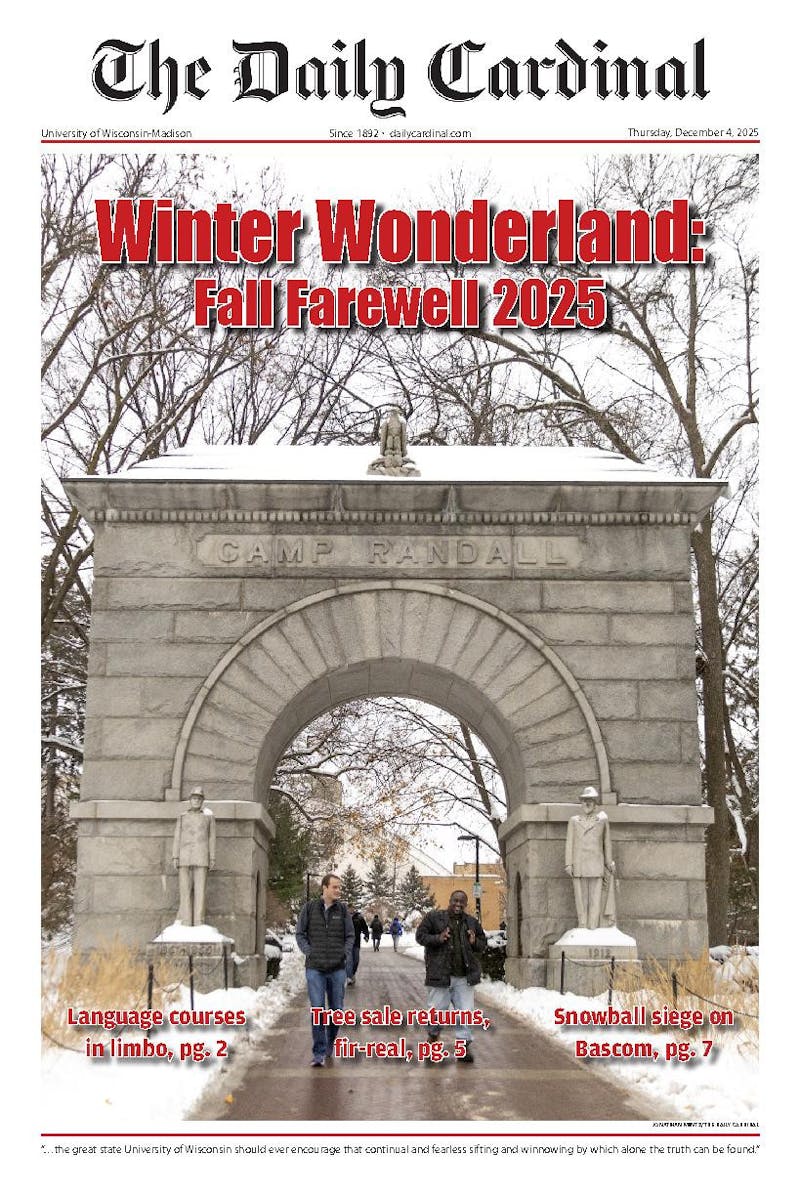Like Hallmark set the trend by creating a commercialized holiday in February, mass retailers followed suit by selling December between the pages of glossy catalogues. Millions of shoppers awoke at dawn (or earlier) last Friday to deck one another while decking the halls with merchandise purchased at low, low prices. However, for most retail chains, the process of decking the halls began long ago. As a result, winter holidays receive virtually no recognition for their religious roots.
Despite the volatile market, preliminary estimates indicate that consumers raised the bar last weekend in terms of net spending. Retailers dubbed the first day of power shopping 'Black Friday' as the day when retailers turn a profit, or move from 'red' to 'black.'
Unlike Ash Wednesday or Good Friday, Black Friday claims no religious affiliation, unless one takes into account its allegiance to the almighty dollar. In fact, Black Friday rose to existence through creation, evolution and a little intelligent design by retailing behemoths.
Basically, the creation of Black Friday as the recognized 'biggest shopping day of the year' occurred when Wal-Mart and other retail giants established gargantuan shopping Edens. One could theorize that the 'lords' of retail conspired to fertilize their gardens with buses of consumers armed with credit cards. To capture stingy citizens, they offered up the forbidden fruits at discounted prices to stimulate that warm giving and receiving (or just over-consuming) feeling.
Historically speaking, Black Friday originally referred to September 24, 1869. On this gray day, financial panic swept the nation when two speculators, in cahoots with President Ulysses S. Grant, attempted to corner the gold market. However, over time the retail industry usurped the term.
By 2004, door-buster deals elevated Black Friday to the shopping day grossing the highest sales volume annually. Despite the evolving context of the term from 1869 to today, Black Friday still remains rooted in greed and consumer frenzy'characteristics hardly reflective of holiday values.
Evidently, big businesses intelligently designed the day after Thanksgiving to evolve into the pinnacle day for profit. For retailers, this creation proved a deft business move. Consumers literally and figuratively buy into it, and make the clich?? mistake of forgetting the reason for the season. Although some accurately argue that shopping fosters the sentiment of giving, many Americans lose sight of the fact that they simply have enough.
In competitive retail fashion, the Walgreen's on State Street decked its halls with holiday paraphernalia before Halloween concluded. Still, a Salvation Army bell ringer stationed outside the store balanced this rush into the holiday season. The change dropped into the red buckets will assist the less fortunate to move into the black.
While Americans indulged in gluttony on Thanksgiving, millions around the globe and many within this nation starved. On Black Friday while Americans splurged on luxuries, millions more perished for lack of basic necessities. In a nation with so much excess, willful ignorance of this destitution at home and abroad undermines the meaning of the holiday season.
Regardless of affiliation, the basic tenets of all religions include justice and love, and the same goes for holidays. As shoppers enter and emerge from retail stores this season, they should remember these principles, restrict consumption and share excess with the needy.





